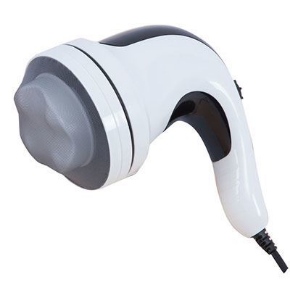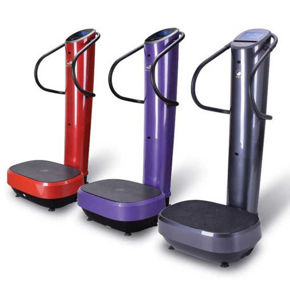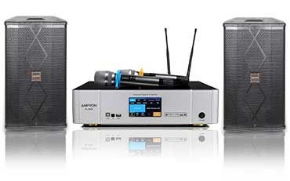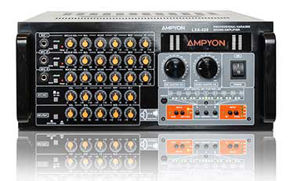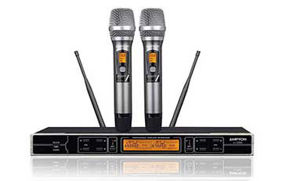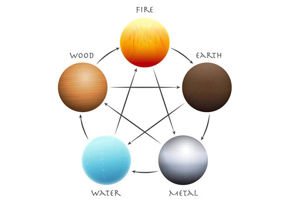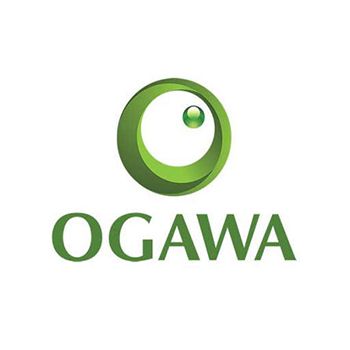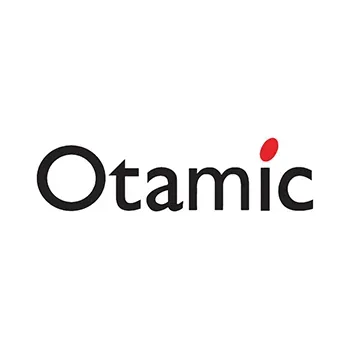The word Hydroponics in Greek is broken down into “Hydro” which means “water” and “Ponos” which means “labor”. The process is old and has been in existence for hundreds of years. All through the last century, horticulturists and scientists have experimented with different methods of hydroponics. One of them involves growing product in non-arable areas of the world. Back then, hydroponics was also integrated into the space program as hydroponics fit easily into their sustainability plans. The research is still ongoing. From the history of hydroponics farming up to this moment, the progress has being at a fair pace since its inception some seventy years ago. It all started as an academic research and later went on to be used in industry as well as government, and now there are many applications related to hydroponics. The technology used in hydroponics farming is versatile and is also applicable to every country.
Throughout the last century, hydroponics farming has taken some great leaps. During this period, cucumbers were grown under a transparent stone for the Roman Emperor Tiberius and that was the earliest food produced in greenhouses. But, this method was hardly used for the next 1500 years. The first great breakthrough in hydroponics was used during World War II. During this period, troops which were stationed on islands were unable to grow most fresh produce but began to use a scientifically approved form of hydroponics system in order to grow fresh produce to help feed the soldiers. They enjoyed a balanced diet will still station on the island that couldn’t grow plants using traditional methods.
It is said that the history of hydroponics can be traced back to nearly four hundred years. The earliest known publication on hydroponic science (growing plants without using soil) can be found in the archives of the British Library. Hieroglyphic records from Egypt also depict the growing of plants in water. This summarizes why hydroponics is said to have existed for so long. Notwithstanding, much improvement and development have been made over the years.
Greenhouses were used not too often during the 1600's and 1700's. The first greenhouses used glass for a sloped roof, but it was later used for the sides and the roof. The greenhouses were mainly used to grow fruits (such as grapes, strawberries, melons, and peaches) for the wealthy, but ware rarely used to grow veggies. The rich were the only ones who could afford to have fresh fruits every year.
Dating back to 1627, the first known published book titled “Sylva Sylvarum” (written by Sir Francis Bacon) describes the process of growing plants without using soil. Ever since then, Hydroponics has been integrated by so many farmers and it is still widely used today to produce healthy food products.
In 1699, John Woodward carried out his water culture experiments. He found that plants in impure water sources grew better than plants in pure/distilled water. He concluded that the plants that received nutrients from both water and soil grew faster but healthier plants were grown in water that were mixed with soil and then drained. Back then, farmer believed their crops failed in drought conditions because the nutrients was in the water, regardless of the quality of the soil.
In 1842, there was a list of nine elements which was believed to be essential to plant growth. In the years 1859 – 1865, the discoveries of Julius Von Sachs and Wilhelm Knop (German botanists) resulted in a development of the techniques of soilless cultivation.
Between 1925 and 1935, the sand culture was improved by the New Jersey Agricultural Experimental Station. They used hydroponics to develop large-scale crop production. In the meantime, the California Agricultural Experimental Station developed the sand culture and water methods for large-scale crop production. After World War II, the southwest United States indicated a lot of interest in gravel culture to grow tomatoes and cucumbers. But due to imperfections, the systems were eventually abandoned.
In the 1920s, the term “Hydroponics” was first used by William Gericke. He grew hydroponic tomatoes that was over 25 feet tall and were known for advancing the use of hydroponics in agribusiness. Not long after this, Dennis Hoagland developed his standard solution which is still used in many modern nutrient mixes. Dennis's Solution was the first to consider micronutrients such as sulfur, iron, and magnesium, essential for healthy growth in small-scale agriculture. Many skeptical farmers did not accept Hydroponics, but it became widely used by amateur gardeners in the 1930s.
Hydroponic farming came of age in the 1990s when many innovations and advances in soil-free growing were accomplished, including aquaponics and aeroponics. Aquaponics combines aquaculture (fish farming) and hydroponics by growing fish in a reservoir, creating a symbiotic relationship between the fish and the plants. In aeroponics, a sufficient amount of nutrient solution is sprayed onto roots of plants for vigorous growth.
Commercial cultivators are turning to soilless cultivation (e.g. hydroponics) more and more. This is because hydroponics grows faster and this system gives the farmer control over the growing environment, leading to higher quality harvests. The worry over pests, weed, and soil-based diseases are greatly reduced. For commercial farmers, higher yields and rapid harvests are great reasons to grow hydroponically. The methods used by commercial farmers are now available to the home gardeners.
Nowadays, people have begun to create their own hydroponic systems to grow fresh food for their friends and family. Most teachers have also begun to understand the astounding applications that hydroponics can have in the classroom. Many gardeners have also made their dreams come true by making a living in right from their backyard greenhouse and selling their produce to local markets and restaurants.







